Microbes
Most types of microbes remain unknown. It is estimated that we know fewer than 1% of the microbial species on Earth. Yet microbes surround us everywhere -- air, water, soil. An average gram of soil contains one billion (1,000,000,000) microbes representing probably several thousand species.
- Archaea: single cell microorganisms
- Bacteria: can be found in soil, water and the Earth crust. They also live in symbiotic and parasitic relationships with plants and animals.
- Fungi: microorganisms such as yeasts and molds, as well as the more familiar mushrooms.
- Protists: primitive algae, amoebas, slime molds and protozoa.
Furthermore there are Viruses:
- Virusses: small infectious agents that replicate only inside the living cells of other organisms. Technically they are not living microbes but they affect microorganisms, including bacteria and archaea so this is why it is included in the study of Microbial Ecology.

photo credits: Prof. Christine Moissl-Echinger, Medical University Graz, Austria
Importance
The study can help us improve our lives via the use of microbes in environmental restoration, food production, bio-engineering of useful products such as antibiotics, food supplements, and chemicals. It helps measure the effects of climate change and land usage.
It can also help answer some of our most practical questions such as: "How can we improve our lives?"
as well as basic questions such as: "Why are we here?"
It show us our place in the cosmos - how life originated and how it evolved, and how we are related to the great diversity of all other organisms.
Current research topics in microbial ecology
Microbial population and community ecology
Microbe-microbe and microbe-host interactions
Evolutionary genetics
Integrated genomics and post-genomics approaches in microbial ecology
Microbial engineering
Geomicrobiology and microbial contributions to geochemical cycles
Microbial ecology and functional diversity of natural habitats
Microbial ecosystem impacts
Biodiversity
An estimated 1,000,000 bacterial species exist on this planet, according to the Global Biodiversity Assessment, yet fewer than 4500 have been described. The greatest genetic diversity of life comes from within the world of microorganisms, yet the least is known about them.
Diverse Habitats
Microbes inhabit the widest range of habitats from sub-freezing temperatures, to water hotter than boiling, from the rocks beneath our feet, to the atmosphere miles overhead, to the stuff between our toes, to the tops of mountains and to the deepest ocean trenches.
Microbe Hunting
Hunting for new microbes is not as easy as taking a jeep trip in the outback with a pair of binoculars. By definition, microbes are invisible without the aid of a microscope, so the challenge to find new ones is great. The difficulty is compounded when one does look under the microscope to see two apparently similar bacteria which later prove to be not at all similar. For example: two bacteria may have the same rod shape, but one thrives in the presence of oxygen whereas the other one is killed by oxygen. Because microbes are so difficult to observe, they are the last organisms to be catalogued with fewer than one percent yet described.
